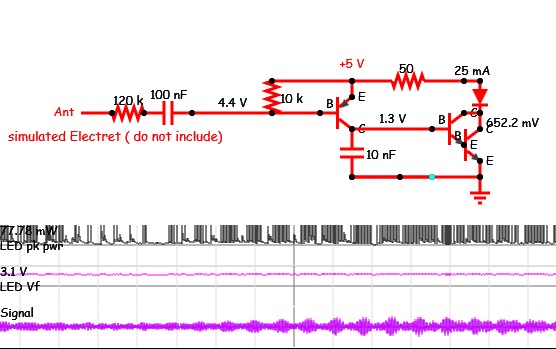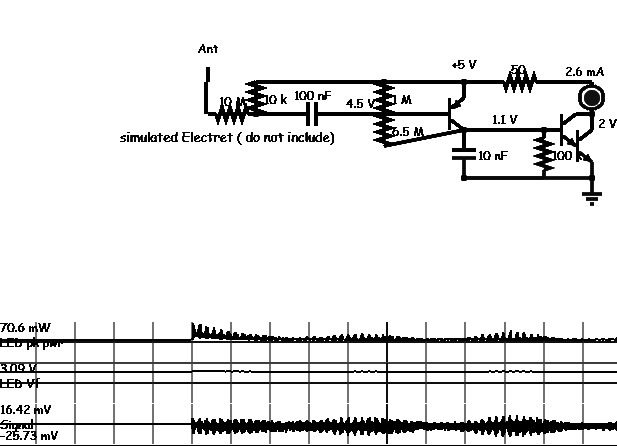zentos
Member level 1
Hi There,
I'm working for a design which light LED when its detect audio input to the circuit from a mobile phone. There are few same design doing the same thing. Detect audio and light LED is fine but the problem is Audio sensor circuit leaking audio to power source. I have check with Audio tracer. I need help to prevent audio leakage to power source. Please kind to help someone on this matter. Appreciate.
Note : If can amplify signal to very sensor level really good.

I'm working for a design which light LED when its detect audio input to the circuit from a mobile phone. There are few same design doing the same thing. Detect audio and light LED is fine but the problem is Audio sensor circuit leaking audio to power source. I have check with Audio tracer. I need help to prevent audio leakage to power source. Please kind to help someone on this matter. Appreciate.
Note : If can amplify signal to very sensor level really good.




